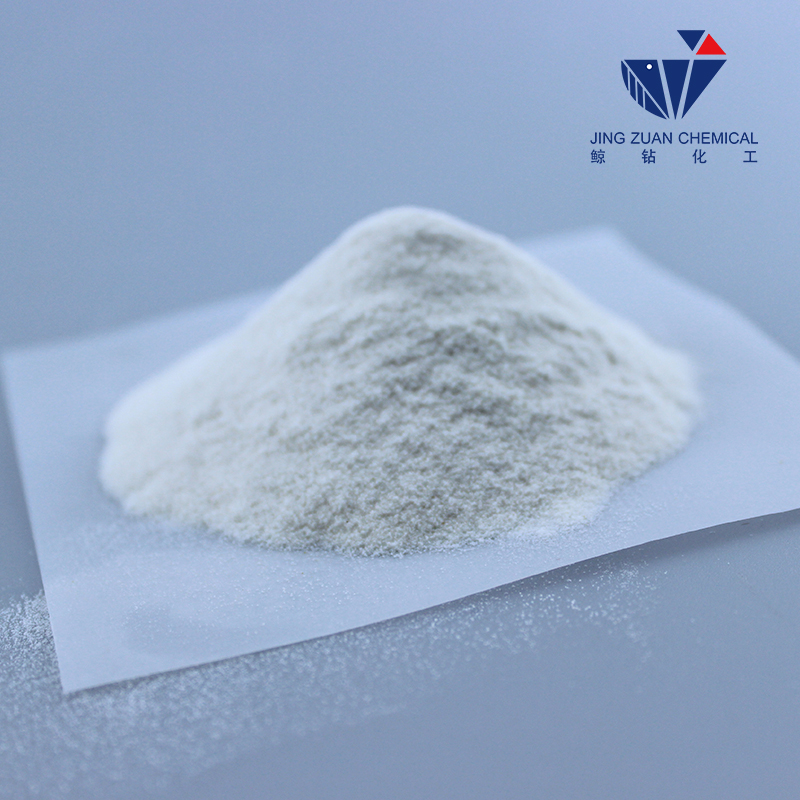
Des . 28, 2024 23:52 Back to list
Comparing HEC and HPMC for Effective Pharmaceutical Applications and Formulations
HEC vs HPMC A Comparative Overview of Hydroxyethyl Cellulose and Hydroxypropyl Methylcellulose
In the realm of pharmaceuticals, cosmetics, and various industrial applications, the choice of excipients plays a crucial role in determining the efficacy and stability of formulations. Among the myriad of options available, Hydroxyethyl Cellulose (HEC) and Hydroxypropyl Methylcellulose (HPMC) stand out as two widely used cellulose derivatives, each with its unique properties and applications. This article delves into the characteristics, uses, and differences between HEC and HPMC, providing insights for formulators and researchers.
Chemical Structure and Properties
Both HEC and HPMC are non-ionic cellulose ethers derived from natural cellulose through chemical modification. The primary difference lies in their chemical structure and water solubility. HEC is obtained by the reaction of ethylene oxide with cellulose, resulting in a product that is soluble in water and has excellent film-forming and thickening properties. It generally forms clear solutions, which can be particularly advantageous in cosmetic and pharmaceutical applications where transparency is key.
On the other hand, HPMC is a result of methylene chloride and propylene oxide reacting with cellulose. The incorporation of methyl and hydroxypropyl groups into the cellulose chain not only enhances its solubility in water but also aids in creating a more thermally stable and versatile compound. HPMC is often favored for its gel-forming abilities and its range of viscosities, making it suitable for various applications from drug release formulations to food products.
Viscosity and Gel Formation
Viscosity is a crucial property in the selection of excipients, dictating how a product behaves during manufacturing and end-use. Both HEC and HPMC can modify viscosity significantly; however, HPMC tends to offer a greater range of viscosities due to its chemical structure. Formulators often choose HPMC when a specific viscosity profile is required, particularly in controlled drug release formulations where a precise release rate is critical.
HEC, with its unique ability to reduce viscosity at high shear rates, is exceptional in applications involving high processing demands, such as in the production of paints and coatings. Its pseudoplastic behavior makes it valuable where a low viscosity is desired for ease of application, but increases in viscosity once settled or at rest.
hec vs hpmc

Thermal Stability and Solubility
Thermal stability is another essential consideration. HPMC exhibits greater thermal stability compared to HEC, making it a preferred choice in applications exposed to higher temperatures, such as hot-fill processes in food packaging or in the production of thermally-processed pharmaceuticals. Furthermore, HPMC maintains its properties even after prolonged exposure to heat, which may lead to degradation in HEC.
In terms of solubility, both HEC and HPMC are soluble in water, but their solubility can differ based on the pH and temperature of the environment. HPMC has a wider pH tolerance, making it applicable in a broader range of products. This characteristic is particularly valuable in personal care products, where pH can vary significantly.
Applications
The applications of HEC and HPMC span various industries. In pharmaceuticals, HPMC is often utilized as a binder in tablets, a film-forming agent, and in controlled-release formulations due to its favorable release profiles. Conversely, HEC serves primarily as a thickener and stabilizer in formulations such as lotions, emulsions, and gels.
In the food industry, HPMC is commonly employed as a texturizing agent and emulsifier, whereas HEC is utilized in non-food applications like adhesives and construction materials. Moreover, in the realm of cosmetics, both compounds find extensive use, with HPMC often preferred for formulations requiring thickening and stability, while HEC is chosen for its smooth application and sensory attributes.
Conclusion
In conclusion, Hydroxyethyl Cellulose (HEC) and Hydroxypropyl Methylcellulose (HPMC) are indispensable ingredients in various formulations across different industries. While HEC shines with its unique viscosity characteristics and transparency, HPMC offers greater thermal stability and versatility for controlled-release applications. Understanding the nuances of these two cellulose derivatives aids formulators in choosing the appropriate excipient that aligns with their product goals, thereby achieving optimal performance and satisfaction in end-users. As the demands of the industry evolve, the role of HEC and HPMC will undoubtedly continue to be pivotal in the development of innovative and effective formulations.
-
Why HPMC is a Key Additive in Wall Putty Formulations
NewsAug.05,2025
-
Redispersible Powder in Decorative Renders: Function Meets Finish
NewsAug.05,2025
-
Redispersible Powder for Interior Wall Putty: Smooth Results Every Time
NewsAug.05,2025
-
HPMC’s Water Retention Capacity in Dry Mortar Applications
NewsAug.05,2025
-
HPMC Factory Contributions to Liquid Detergents
NewsAug.05,2025
-
How HPMC Factory Products Change Detergent Textures
NewsAug.05,2025







